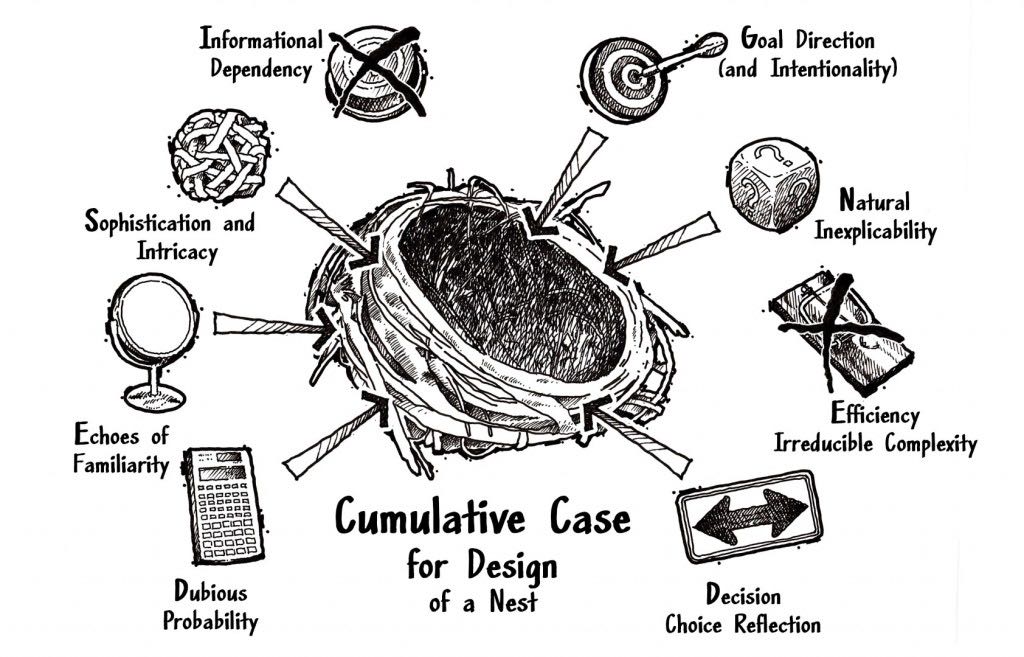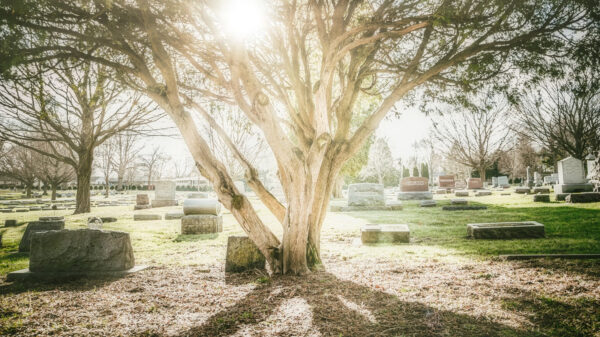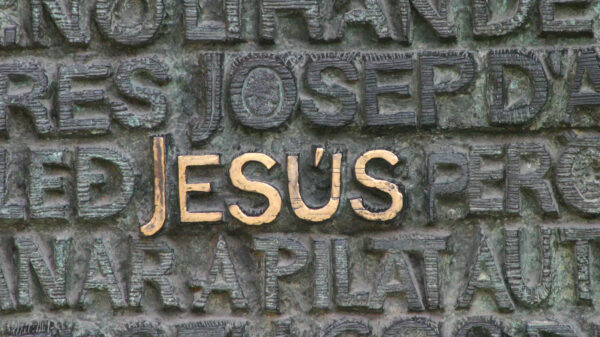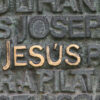
Dawkins believes, however, the power of natural evolutionary processes can explain “the illusion of design and planning.” If the appearance of design and planning is purely illusory, it is an impressive illusion indeed. The examples of apparent design are plentiful and varied. Lehigh University biochemist Michael Behe describes a number of inexplicable biological systems and micro-machines in his ground-breaking book, Darwin’s Black Box: The Biochemical Challenge to Evolution. Behe challenges the scientific community to explain the appearance of design in cellular cilium (microscopic oar-like filaments), the interconnected molecular processes involved in blood clotting, the specified complexity of cellular protein delivery systems, and more. He describes these systems in detail and identifies a number of design features similar to those we observed in the garrote.
Behe and other scientists, such as biochemist Fazale Rana, believe the interaction of an intelligent agent “outside the room” (of the natural universe) is the best explanation for the appearance of design in these microscopic structures and processes “inside the room.” In fact, Rana believes the design inference is reasonable in even the simplest life forms: “The incredible complex nature of minimal life, likewise, makes it difficult to envision how natural evolutionary processes could have produced even the simplest life-forms . . . it is super-astronomically improbable for the essential gene set to emerge simultaneously through natural means alone.”

Illustration from God’s Crime Scene
In my latest book, God’s Crime Scene, I describe eight attributes of design and explain how the presence of these attribute is best explained by the activity of a designer. When these eight design characteristics are present in objects we observe in our world, we quickly infer a designer without reservation. As it turns out, the same attributes of design (dubious probability, echoes of familiarity, sophistication and intricacy, informational dependency, goal direction, natural inexplicability, efficiency/irreducible complexity, and decision/choice reflection) are present in even the most primitive biological organisms, making them prohibitively difficult to explain on the basis of chance mutations and the laws of physics or chemistry alone. Life at its simplest and most foundational level demonstrates a staggering level of complexity. According to biochemist Michael Denton, cooperative, interactive, cellular factories appear purposefully designed: “That each constituent utilized by the cell for a particular biological role, each cog in the watch, turns out to be the only and at the same time the ideal candidate for its role is particularly suggestive of design. That the whole, the end to which all this teleological wizardry leads—the living cell—should be also ideally suited for the task of constructing the world of multicellular life reinforces the conclusion of purposeful design. The prefabrication of parts to a unique end is the very hallmark of design. Moreover, there is simply no way that such prefabrication could be the result of natural selection.”
Michael Behe’s numerous biological examples provide an insurmountable challenge to naturalistic theories appealing to causes from “inside the room”. The cumulative design features present in these organisms simply cannot be explained by naturalistic processes. The sheer number of parts required to work together simultaneously for each of these systems to function incline us toward an external explanation: “As the number of required parts increases, the difficulty of gradually putting the system together [through mutations and natural selection] skyrockets, and the likelihood of indirect scenarios plummets . . . As the number of systems that are resistant to gradualist explanation mounts, the need for a new kind of explanation grows more apparent.”
The most obvious and reasonable inference seems to be elusive to naturalists who try to account for the appearance of design in biological organisms. No explanation employing the laws of physics or chemistry from “inside the room” of the natural universe is adequate. The appearance of design in biology is yet another evidence demonstrating the existence of an “external” Divine Designer. This brief summary of evidence for design is excerpted from God’s Crime Scene, Chapter Four – Signs of Design: Is There Evidence of An Artist? The most obvious and reasonable inference seems to be elusive to naturalists who try to account for the appearance of design in biological organisms Share on X

J. Warner Wallace is a Dateline featured Cold-Case Detective, Senior Fellow at the Colson Center for Christian Worldview, Adj. Professor of Christian Apologetics at Talbot School of Theology, Biola University, author of Cold-Case Christianity, God’s Crime Scene, and Forensic Faith, and creator of the Case Makers Academy for kids.
Subscribe to J. Warner’s Daily Email
J. Warner Wallace is a Dateline featured cold-case homicide detective, popular national speaker and best-selling author. He continues to consult on cold-case investigations while serving as a Senior Fellow at the Colson Center for Christian Worldview. He is also an Adj. Professor of Christian Apologetics at Talbot School of Theology, Biola University, and a faculty member at Summit Ministries. He holds a BA in Design (from CSULB), an MA in Architecture (from UCLA), and an MA in Theological Studies (from Gateway Seminary).
































